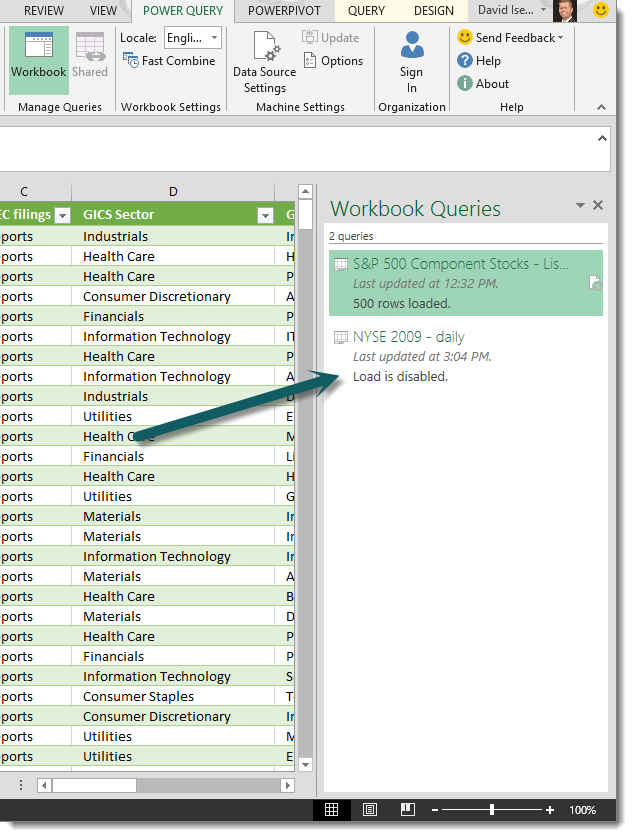

Remove all columns apart from Date and SessionsĨ. You can now perform any extra data transformation steps that you may want to apply to the data before it’s loaded into your new master fileī. You’ll now be taken to the Power Query window, where a number of steps will have been automatically added to combine the files. Check that Power Query has correctly interpreted the sample data file shown, and tweak any settings if necessary, then click OKħ. Enter the file path of the folder where you’re collecting the input data files, or find it via the Browse toolĦ. Data > Get Data > From File > From FolderĤ. Open up the workbook in which you want to combine the data (we’re using a new blank workbook for this example)ģ. Get your data files in the same folder (it’s easiest if these are the only files in the folder)Ģ. Check that all the files you want to combine are in the same format (column names etc.) If they aren’t in the same format, there are ways to rectify this in Power Query, but for the sake of brevity they won’t be discussed in this article.Ĭ. It can also be installed as a free add-in if you use Excel 2010 or Excel 2013, but some of the following steps will differ slightly.ī. Power Query is a built-in feature of Excel 2016 and onwards, which is what we’ll use for this walkthrough.


 0 kommentar(er)
0 kommentar(er)
